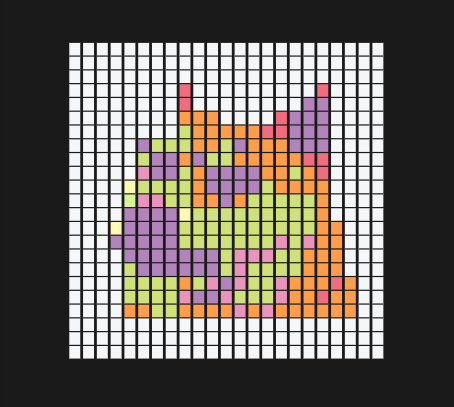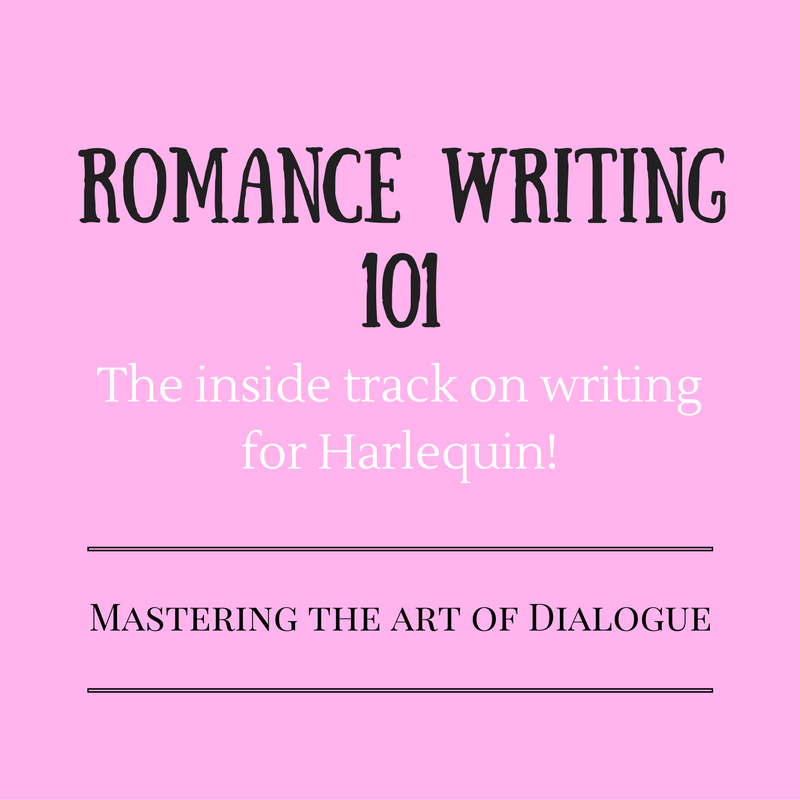

- HOW TO WOW! – MASTERING THE CREATIVE FLOW HOW TO
- HOW TO WOW! – MASTERING THE CREATIVE FLOW FULL
- HOW TO WOW! – MASTERING THE CREATIVE FLOW FREE
HOW TO WOW! – MASTERING THE CREATIVE FLOW FULL
The picture will be very dynamic, full of texture, yet retaining its fluidity. The shutter speed below 2 seconds is my favourite. 5 seconds or less create a very smooth dynamic shot with some texture. The calm water creates a mirror.įor a shutter speed of 10 seconds or less, we are starting to see some smooth water structure. Ultra-long exposures produce fog-like or mirror-like water, depending on the actual activity happening there. In ocean photography, this also affects the water, one of the main subjects of your shot. In a standard landscape, the only thing that smooths out is the sky.

This is especially true for seascape and ocean photography. Long exposure is one of the photography techniques that has the biggest punch in the final photo.
HOW TO WOW! – MASTERING THE CREATIVE FLOW FREE
Feel free to use them on their own or combine to get new interesting results. Here are some fundamental techniques I use extensively for ocean photography. Here in Australia, for instance, we have deadly poisonous cone snails, blue octopuses, and some jellyfish. If they are wet, then some waves can hit them from time to time. Don’t go to the clifftop if there are strong winds blowing towards the sea.Look out for rip currents and stay away from them. Also, a regular wave can sometimes have a very strong pull. A huge wave can wash you away or ruin your gear. Some waves (rogue waves) are much larger than others, and you need to be careful. Otherwise, you may find yourself locked out of the shore all of a sudden. Check if the tide is rising before going out. If you trip over on the cliff edge, you fly down. If you trip over a rock in the standard landscape setting, you fall. Always have a headlamp when going out for the sunrise or the sunset.
HOW TO WOW! – MASTERING THE CREATIVE FLOW HOW TO
Before mastering any ocean photography techniques (such as shooting modes), you need to know how to stay safe. It also improves the colours of the sea surface and enhances the clouds. These help you control the shutter speed and the amount of action in the water. The ND filters are the most important for seascape and ocean photography. You’ll need filters for seascapes and ocean photography. You need a lens pen to handle the issue after carefully wiping the water out. If your lens gets wet, the microfiber won’t help.

I usually buy a whole bag of pieces of cloth and carry a bunch with me in the backpack. And it won’t come off when you rub it with your sleeve. There is a considerable chance the salty spray will cover the front of your lens. To get excellent seascapes, you’ll need to get into the water. For warmer places (islands, Australia) you can get away with crocs. For cold climates, you’d better use waders (Iceland, Russia, Norway, etc.). It depends on the season and ocean location. The type of tripod head isn’t important, get one you like best. Don’t get an expensive one as sea salt is very aggressive. A good steady tripod is a must-have for ocean photography. Apart from the camera and your best lenses, here is what you’ll need for better ocean photography: Like other types of photography, ocean photography also requires some specialised gear. Other than that, the term seascape photography usually applies to both the sea and the ocean. So the safety requirements are the most serious for ocean photography. The ocean is restless and never quiet there are always waves and splashes and a lot of action. In general, the sea is calmer and quieter than the ocean. The difference between the sea and the ocean is less obvious. This way, it is affecting the complete look and feel of the image. It smooths a more significant part of the picture (water). Long exposure, for instance, has a bigger impact on ocean photography than on regular landscape. The reason is the ever-moving body of water. It’s somewhat different from classic seascape photography too. Ocean photography is different from landscape photography.


 0 kommentar(er)
0 kommentar(er)
